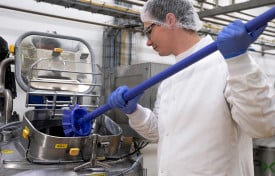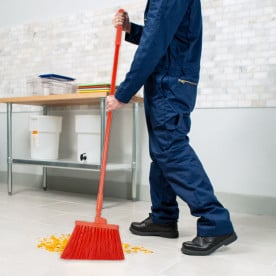broom
Categories
- Blog (151)
- Food Safety (79)
- Press Room (66)
- Safety & Personnel (39)
- Sanitation & Janitorial (49)
- Production & Material Handling (21)
- Processing & Flow Control (18)
- Laboratory & QA/QC (58)
- Industry Insights (41)
- Nelson-Jameson Foundation (7)
- In The News (23)
- Food Packaging (3)
- Food Ingredients (8)
- Community Stories (38)
Recent Posts
Introducing the NEW Vikan® UST Tank Brush
January 22, 2025
Broom Bristle Options: Flagged vs Unflagged for Food Safety
December 14, 2024
Rethinking sanitation: New standards and solutions
December 05, 2024
Dairy Sustainability: Our Key Takeaways from the Fall Meeting
November 25, 2024
Golden Year: Nelson-Jameson 2024 Dairy Calendar Wins 'Muse' Award
November 23, 2024







